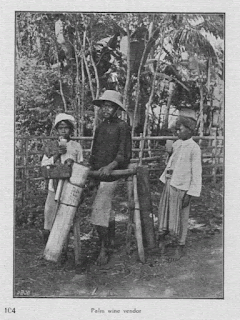Bandung is the largest metropolitan city in West Java province, as well as being the capital of this province. The city is located 140 km southeast of Jakarta and is the largest city in the southern part of Java Island. While the area of Bandung Raya (Metropolitan Region Bandung) is the second largest metropolitan city in Indonesia after Jabodetabek.
In this city recorded a variety of important history, among them as a war location in the independence period. , and was once the site of the Asian-African Conference of 1955, a meeting that voiced anti-colonialism, and even Indian Prime Minister Jawaharlal Nehru in his speech said that Bandung was the capital of Asia-Africa.
Jalan Braga is one of Bandung's iconic roads. There are a variety of unique hangout places, perfect for those of you who want a night out.
The ancient Asian-African Way, now this street becomes one of the business centers in Bandung city
This building is a prison building built in 1877, now named Sukamiskin Prison dedicated to corruption prisons in Indonesia.
Gedung Sate is the center of West Java provincial government and is the most famous icon in this province, and the city of Bandung. The building was built in 1920. From the photo above you can see the condition of the city of Bandung at that time, where the center of the crowd like Cilaki, Dago, Gasibu, Dipati Ukur, Riau road, rice fields are still stretched wide. around Gedung Sate.
Villa Isola is a villa building located on the northern outskirts of Bandung City. Located on the plateau, on the left side of the road to Lembang (Jalan Setiabudhi), this building is used by IKIP (Institute of Teacher Education and Training) Bandung, now Universitas Pendidikan Indonesia-UPI). Villa Isola is one of the most stylish Art Deco architecture buildings in Bandung.
Villa Isola was built in 1933, owned by a Dutch journalist named Dominique Willem Berretty. Then the luxury building made for this residence is sold and becomes part of the Savoy Homann Hotel. And in the next period changed its function to Building IKIP.
















































